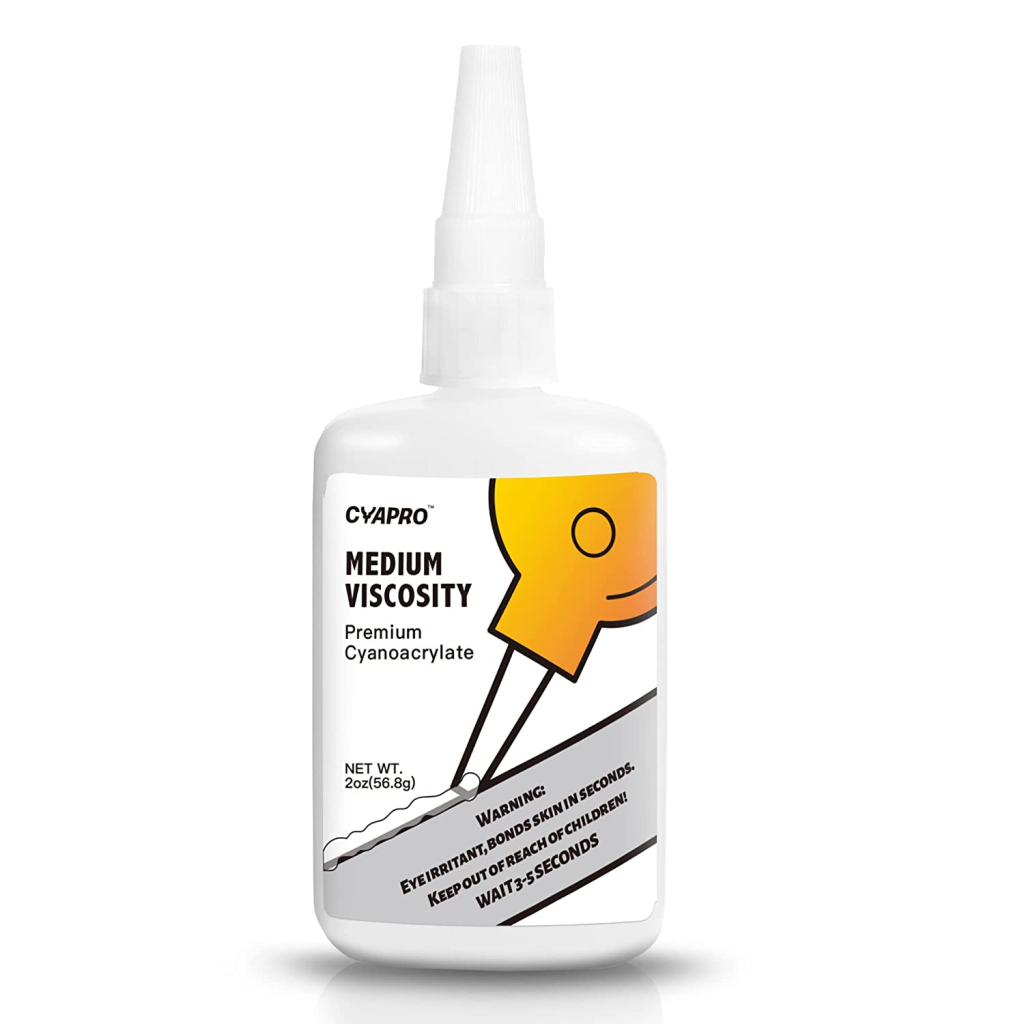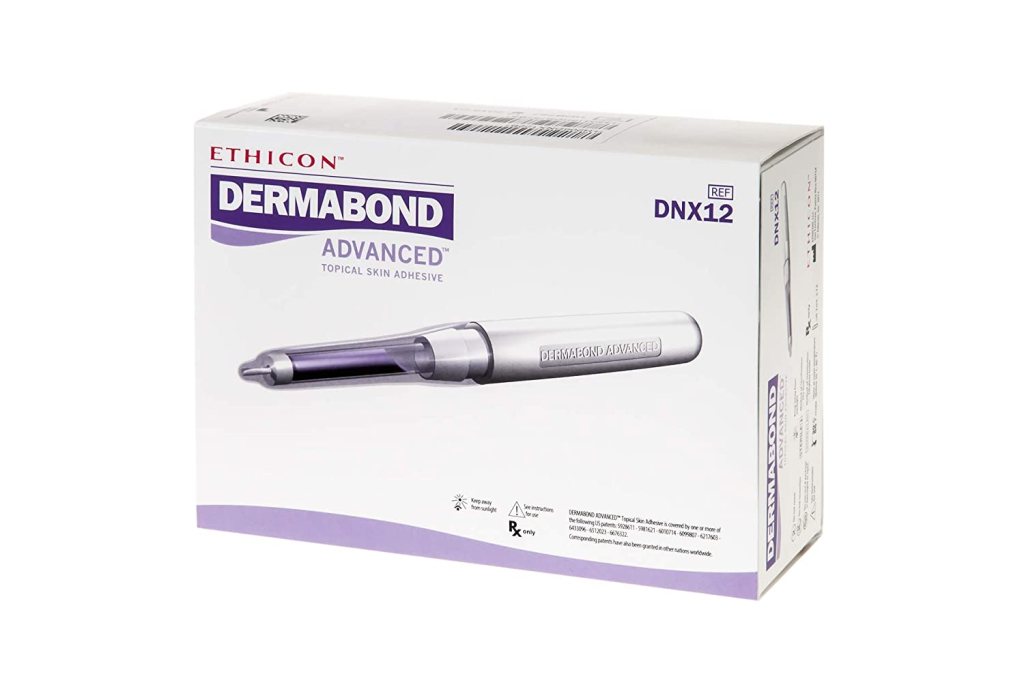Can You Use Super Glue On a Cut?


Yes, super glue can be used to seal a cut. When it comes to certain types of wounds like cuts, superglue might be an efficient method of sealing the injury and allowing it to recover. It will be less irritating and more versatile to use a type that has been specifically developed for medical justification rather than industrial glue. A serious cut that is gushing with blood excessively should be taken care of by a qualified healthcare expert immediately. Super glue is available in two varieties. One is intended for use in gluing materials together and therefore should be kept in the toolbox. One is specifically designed for medical applications and therefore should be stored together with your first aid supplies. Take advantage of this post to learn about what to use and what not to use.
Why Was Superglue Used to Seal a Cut?


When it comes to treating injuries, the usage of cyanoacrylates has a strong history. Throughout World War II, various cyanoacrylate concoctions were tried out to be used in the production of clear plastic crosshairs, but they proved to be too sticky. Nevertheless, paramedics began to use it to seal injuries in combat, and far fewer compositions were further field-tested even during the Vietnam War, which was a turning point in the development of the product. Following this, Super Glue was regarded as a rapid and dependable method of protecting troops and preparing them for transit. Because it caused minimal scarring, could be applied rapidly and was waterproof, doctors considered it to be the best alternative in the unavailability of hospital-grade supplies. Fresh wounds, including such small cuts, blade cuts, as well as other small injuries, according to physicians, are suitable candidates for the use of clinically authorized silicone adhesive such as Dermabond, SurgiSeal, and Band-Aid Liquid Bandages.
When is the Best Time to Use Superglue on a Cut?


When superglue settles on the body, you’ll quickly realize that the transparent solution cures quickly and adheres to the surface of your skin like glue. This also aids in the healing of small skin fractures or scrapes, such as a small cut, by keeping air and debris off the wounded area. Not only would the glue slow down the progression of the bleeding rapidly, but it also helps to prevent scars on the area once the wound has healed. At some point, the adhesive will come off, and the wound should have recovered by that point.
When Should You Not Use Superglue?


Even if using superglue in a crisis may be a viable option, doctors warn that it may cause irritation to the body. When used for medical uses, ordinary superglue has a number of adverse reactions that should be avoided. Besides irritating the vision, mouth, nose, and airways, it can also cause tissue damage in the area surrounding a wound. Using a medical-formulated superglue designed exclusively for small cuts and bruises can prevent you from getting such negative impacts altogether. The use of pharmaceutical compounds in severe injuries must be avoided at all costs. The skin around deep wounds should be disinfected, sterilized, and wrapped in order to prevent infection and guarantee that bleeding stops and that the tissue recovers uniformly.
What are Alternatives in Case of an Emergency?


Take into consideration Dermabond, which has been officially approved by the FDA for epidermal wound management and is a safer choice for suture-based wound repair. You could also wrap the lesion with a partially permeable bandage and adhere to the covering to clean healthy skin using sticky tape. After a few days, it is recommended that you replace the bandage. Maintain the moisture level in the area until it has recovered. A humid atmosphere aids in the process of healing, stimulates tissue development, and shields the area in question against infection.
